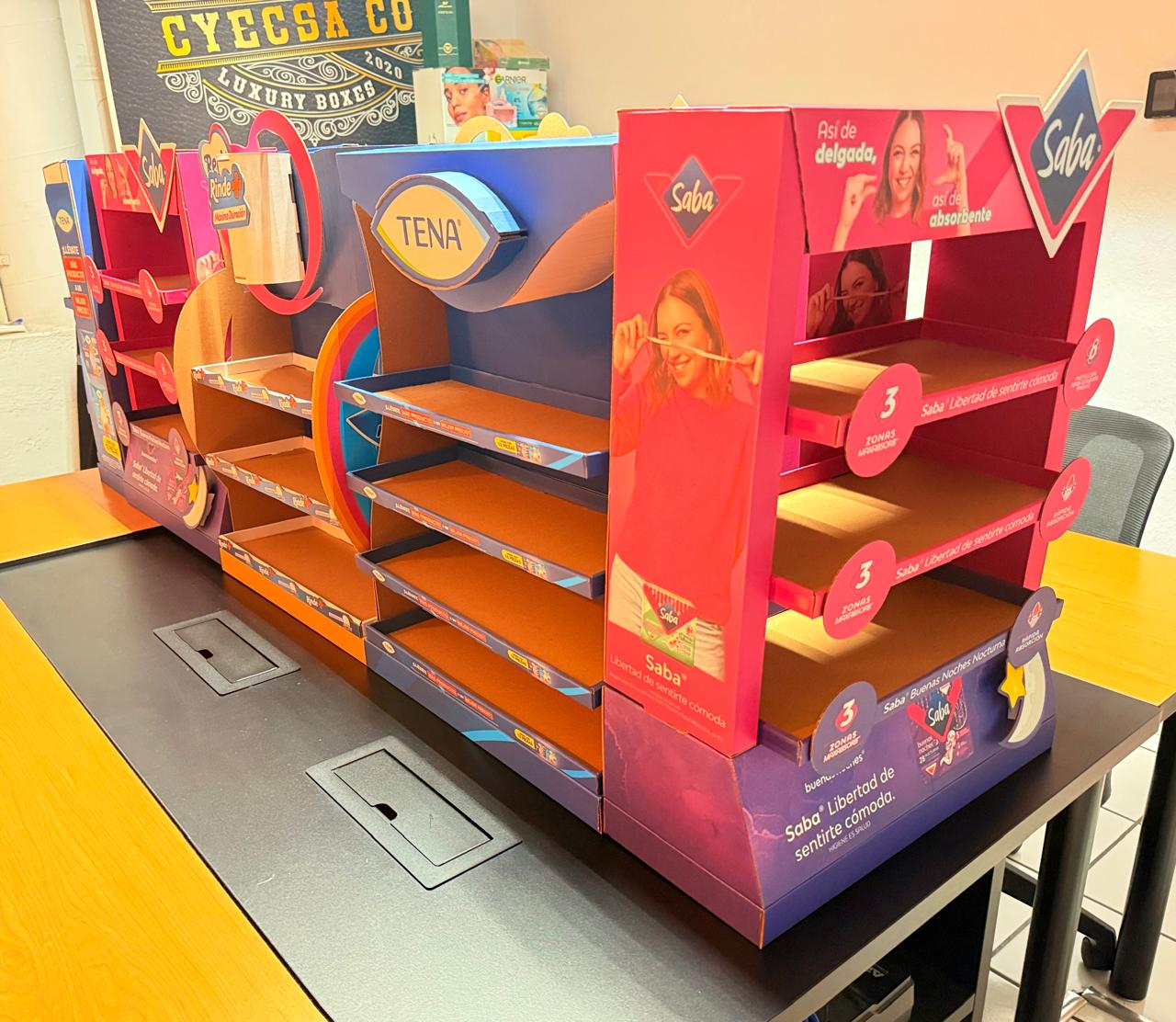When it comes to grabbing a shopper’s attention at the point of sale, the location of a cardboard display can make the difference between an impulse buy and a missed opportunity. A flashy design is not enough—strategic placement is key to maximizing its visual and emotional impact.
High-Traffic Zones
Areas where customers move most—like entrances, main aisles, or near checkout counters—are prime real estate. A display in these spots gets more visual hits per minute, increasing conversion chances.
Display Tip: Use slim, vertical designs to preserve traffic flow while staying visible.
Near-Product Placement
Placing a display next to complementary products reinforces cross-selling. A pasta display near sauces creates a ready-to-buy narrative in seconds.
Waiting Areas
Spots where customers pause—like checkout lines—are perfect for impulse items. Here, the display doubles as entertainment and suggestion.
Visual Islands
Positioning displays as “islands” in open spaces naturally attracts shoppers. These should be accessible from multiple angles without blocking movement.
Display Height
Vertical positioning matters too. Products at eye level sell faster. If the display has multiple shelves, put the most profitable items in the center.
Conclusion
There’s no single perfect spot—but golden rules exist: place displays where there’s movement, viewing time, and emotional engagement. When creativity meets spatial strategy, a display becomes a silent salesperson.
With Cyecsa / Kibox, you will have the peace of mind that you are working with a company that cares ecologically, socially, and economically.
If you want more information, connect with us via Kibot for a personalized consultation


